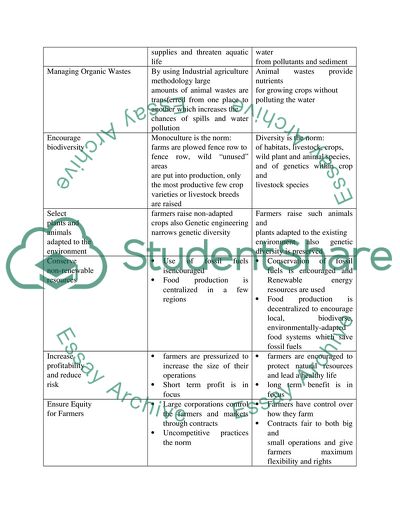Cite this document
(What is Sustainable Agriculture Term Paper Example | Topics and Well Written Essays - 1000 words - 1, n.d.)
What is Sustainable Agriculture Term Paper Example | Topics and Well Written Essays - 1000 words - 1. Retrieved from https://studentshare.org/agriculture/1751807-explaining-sustainable-agriculture
What is Sustainable Agriculture Term Paper Example | Topics and Well Written Essays - 1000 words - 1. Retrieved from https://studentshare.org/agriculture/1751807-explaining-sustainable-agriculture
(What Is Sustainable Agriculture Term Paper Example | Topics and Well Written Essays - 1000 Words - 1)
What Is Sustainable Agriculture Term Paper Example | Topics and Well Written Essays - 1000 Words - 1. https://studentshare.org/agriculture/1751807-explaining-sustainable-agriculture.
What Is Sustainable Agriculture Term Paper Example | Topics and Well Written Essays - 1000 Words - 1. https://studentshare.org/agriculture/1751807-explaining-sustainable-agriculture.
“What Is Sustainable Agriculture Term Paper Example | Topics and Well Written Essays - 1000 Words - 1”, n.d. https://studentshare.org/agriculture/1751807-explaining-sustainable-agriculture.


